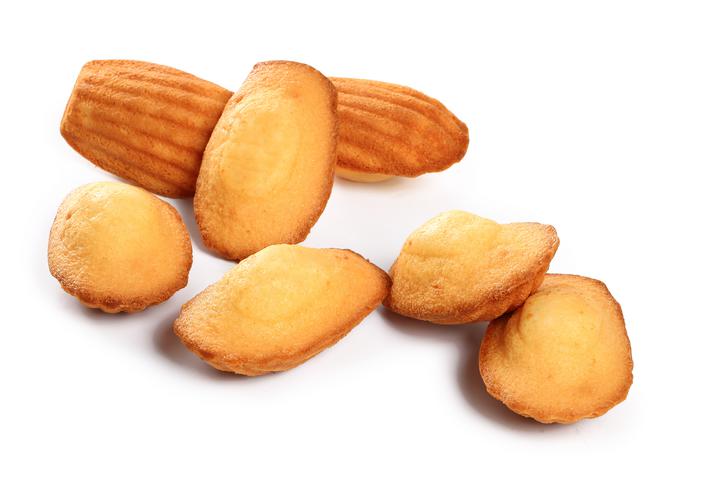The Codex standard for milkfat-based products (280-1973) states that anhydrous milk fat (AMF), milk fat, anhydrous butter oil and butter oil are fatty products made exclusively from milk and/or from products obtained from milk by processes eliminating quasi-entirely water and non-fat dry matter.
Anhydrous milk fat or AMF must contain at least 99.8% dairy fat. AMF are used for preparing reconstituted milk or dairy produce as well as for culinary preparations either industrial or at home that may use butter or other fats. AMF main advantage is its easiness to preserve, thanks to its low water content.
Concentrated butter or/and AMF may be manufactured through two processes:
- Either directly from a 35-45% fat cream, several mechanical and thermal actions are then necessary (homogenisation, successive centrifugations and vacuum drying)
- Or from butter (after melting, centrifugation and vacuum drying)
AMF may be available in two forms that are to be differentiated:
- Whenever anhydrous milk fat is solid (cubes), it is commonly referred to as concentrated butter.
- Whenever milk fat is liquid (in bulk), it is commonly referred to as AMF (anhydrous milk fat), this is to say butter oil.
Room temperature storage is the reason why AMF is broadly used in food industry.
Concentrated butters are technical butters that meet many industrial needs. Several forms exist that are suitable for various applications. Concentrated butters may also be coloured with beta-carotene.
Concentrated butter for pastry products may be offered in concentrated expanded butter (which may be aerated) for a more elastic texture. It may also be coloured with beta-carotene, that will give a nice golden colour to the preparations.
Concentrated butter for croissants is a butter which has a higher melting point (around 36°C). This butter meets technical requirements such as French pastry manufacturing processes and industrial lamination (notably extrusion). It may also be coloured.
Nowadays several techniques exist to fractionate AMF while obtaining various nutritional properties.
AMF fractionating allows to overcome the natural fluctuations of dairy fat depending on the seasons, the cattle breeds, ages or feeding. Butter spreadability at low temperature is one of the well known application of fractionating. Dairy industry now has techniques to modify fat composition. They are therefore able to manufacture all year long products with steady consistency suitable to every need.
